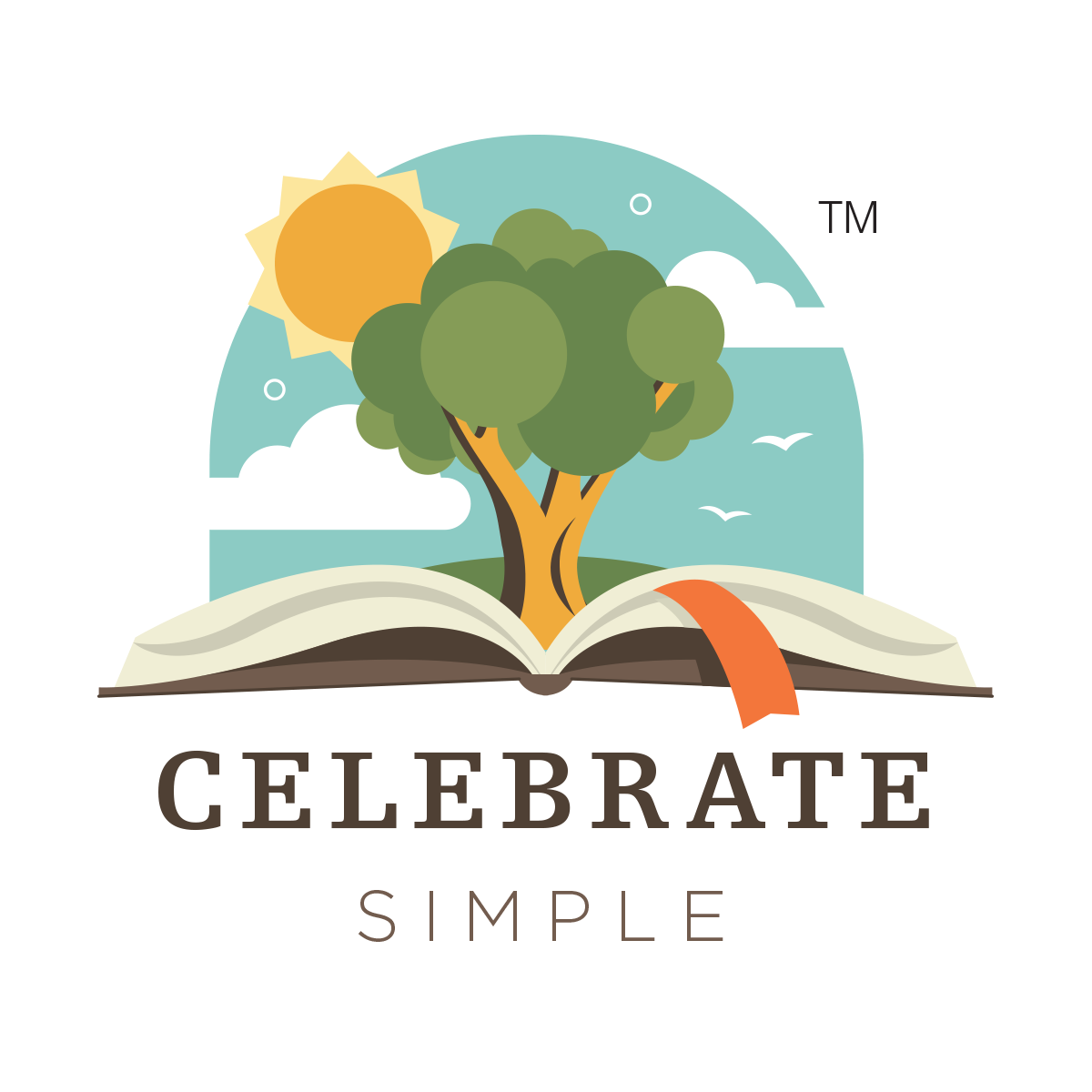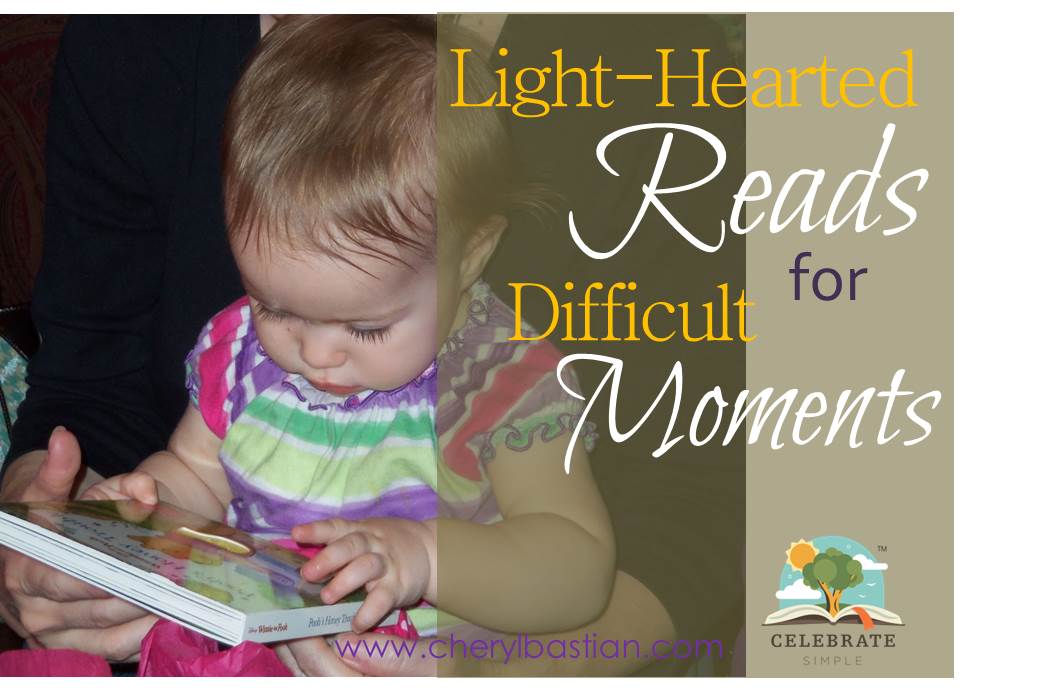Light-Hearted Reads for Difficult Moments
/Sometimes the only thing I know to do is pull them close and read aloud.
Difficult days. Napless afternoons. A sick grandma. Health issues. Flooded laundry room. Itchy mosquito bites.
It had been a long day. We had accomplished math and worked on our family project for Christmas around the world night. Yet, I was determined. There was much to be done before our December baby was to due to be born. On little sleep, I ventured out with four children to help them get their Christmas shopping done early. Honestly, my intentions were good.
Though the early afternoon was quite productive, mid-afternoon arrived with traffic jams, hungry tummies, and tears. I was overcooked and dinner hadn't even been started.
I knew if I didn't hand out a few crackers for snack and gather the emotions, the night would continue to be difficult.
I grabbed a sleeve of cheddar rounds from the pantry, asked the oldest to select two books from the book basket, and pulled teary-eyed littles to my lap (what was left of it). Two pages into the first book, emotions settled and crumbs accumulated on the couch cushions.
Stories have power; power to calm attitudes, power to turn tears into smiles, power to smooth rough evenings. Stories pull people close and offer diversion.
Stories also bring understanding; understanding of emotions, understanding as to how to be a part of solutions, understanding of people, places and events. Stories bring perspective.
Stories can lighten heaviness. At times, stories offer a metaphorical hand to hold through difficult seasons. For our family, a humorous light-hearted read invited us to chuckle through paragraphs when our days were heavy and sad in Grandma's last weeks. In those times, stories helped lighten our heaviness, soothing hearts, souls, and minds.
Stories help answer questions and bring clarity. We all have questions, children and adults. In fact, a whole family may be trying to make sense of confusing, hurtful, or uncomfortable circumstances. In those times, stories can offer opportunities to see situations more clearly or from a different perspective.
Stories help us know we are not alone. I remember reading Where the Red Fern Grows, written by Wilson Rawls, as a middle schooler after having a pet die. Knowing other children had been through and understood the loss of a pet, I no longer felt alone in my sadness.
Have you had a difficult afternoon? Maybe a string of doctor visits have left your family exhausted, in need of fun and light-hearted humor. Consider one of the fun reads below. One of these titles might just be an invitation to some down time, time away from stressful moments.
Picture Books
- Make Way for Ducklings, Robert McCloskey
- The Snowy Day, Ezra Jack Keats
- Guess How Much I Love You, Sam McBratney
- Caps for Sale, Esphyr Slobodkina
- No Roses for Harry, Gene Zion
- The Napping House, Audrey Wood
Chapter Books
- Mr. Popper's Penguins, Richard and Florence Atwater
- The Borrowers, Mary Norton
- Pippi Longstocking, Astrid Lindgren
- The Cricket in Times Square, George Selden
- The Phantom Tollbooth, Norton Juster
- The Best Christmas Pageant Ever, Barbara Robinson
- Henry Huggins, Beverly Cleary
- Homer Price, Robert McCloskey
Sometimes pulling the family close to enjoy a good story is needed in order to carry hearts, minds, and souls away from present difficulties.
Every. Moment. Matters.
Are you in need of encouragement? Want to know more about how your days can be intentional, real, and relational? Click below to sign up for the Celebrate Simple Newsletter.



























































